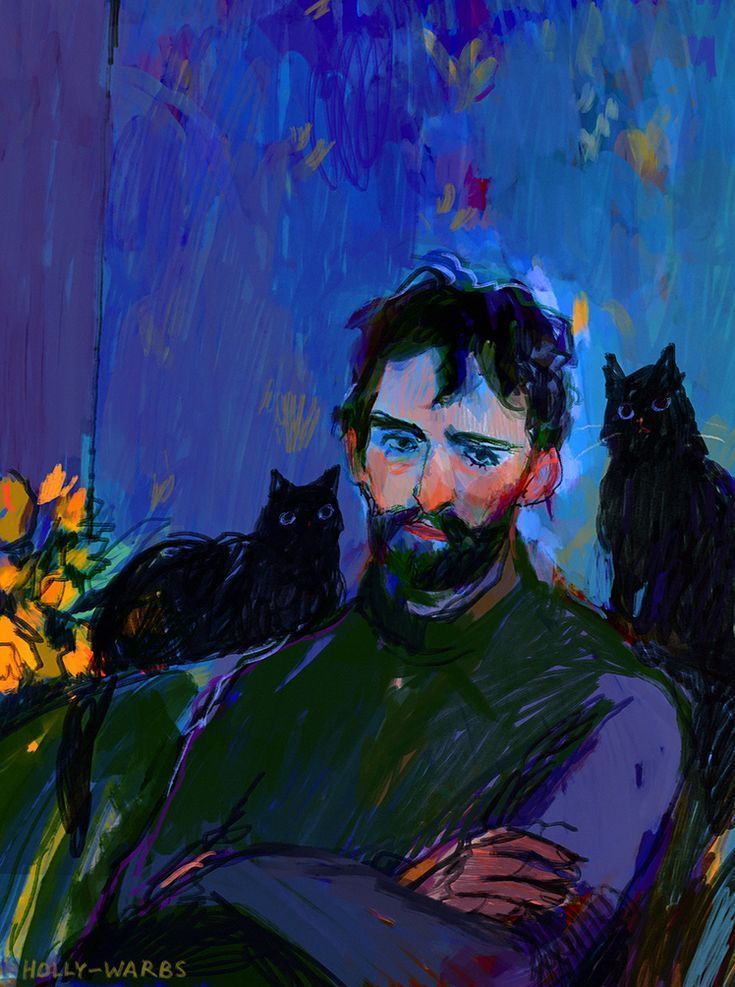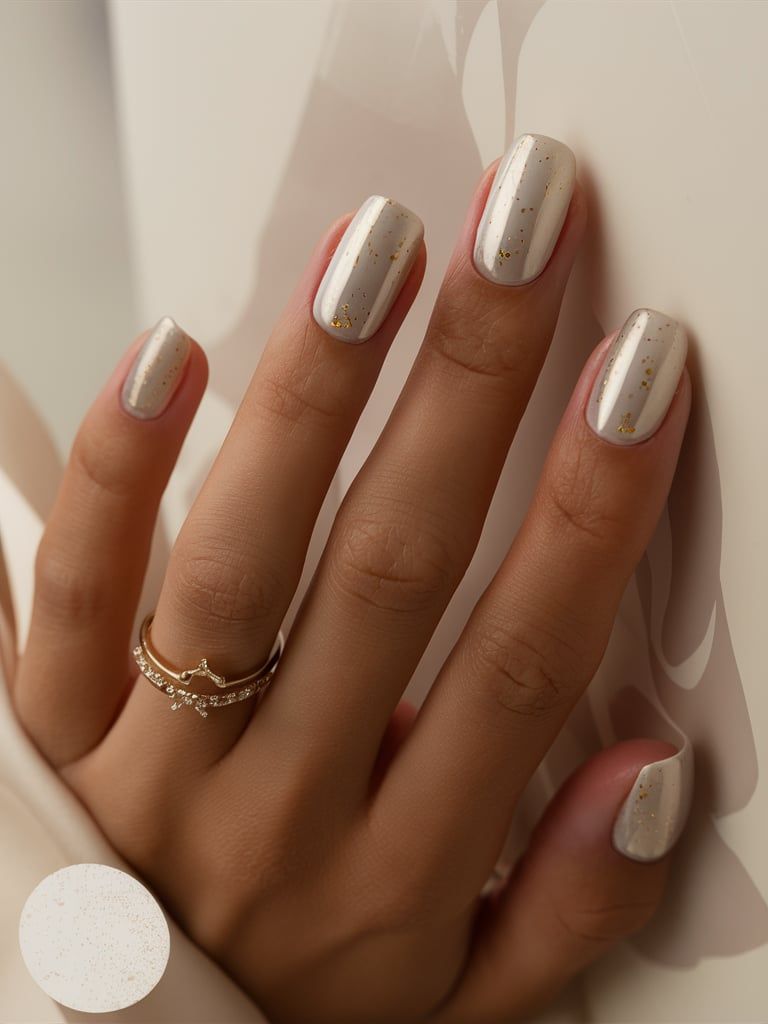The Power of Emotion in Art
Art has always been a powerful medium for expressing emotions. From the earliest cave drawings to modern abstract paintings, artists have used their work to convey feelings of joy, sorrow, love, anger, and everything in between. Whether it’s a breathtaking landscape, a haunting portrait, or an energetic abstract piece, art has the ability to elicit a wide range of emotions from viewers.
Emotionally Charged Artworks
Some of the most famous works of art are deeply rooted in emotion. Paintings like the Mona Lisa, The Scream, and Starry Night are celebrated for their ability to evoke strong emotional responses from those who view them. These works have stood the test of time because they are not just visually stunning, but also deeply moving on an emotional level.
Various Techniques in Eliciting Emotions through Art
Artists use a variety of techniques to convey emotion in their work. Color, composition, and subject matter all play a role in how a piece of art is perceived. For example, warm colors like red and orange can evoke feelings of passion and energy, while cool colors like blue and green can bring about a sense of calm and tranquility. Similarly, the way a subject is depicted in a painting or sculpture can have a profound impact on the emotions it elicits from viewers.
The Impact of Emotion in Art
When art speaks to our emotions, it has the power to connect us to the world in a deeper and more meaningful way. Viewing a piece of art that resonates with our emotions can bring about a sense of empathy, understanding, and catharsis. For some, art is a form of therapy; a way to process and express complex emotions that might otherwise be difficult to put into words.
The Role of Emotion in the Creation of Art
Emotions also play a crucial role in the creation of art. Many artists are driven by their own emotional experiences, using their work as a means of processing and communicating their feelings to others. Whether it’s through painting, sculpture, music, or any other form of artistic expression, emotions are often at the heart of an artist’s creative process.
Connecting with Emotionally Charged Art
For viewers, connecting with emotionally charged art can be a deeply personal experience. The feelings that a piece of art evokes may vary from person to person, depending on their own unique experiences and perceptions. Some may find solace in a somber painting, while others may feel invigorated by a lively and colorful piece. Regardless of the specific emotions that art brings to the surface, the act of engaging with art on an emotional level can be incredibly rewarding and transformative.
Conclusion
Art has an incredible capacity to speak to our emotions. Whether it’s a painting, a sculpture, a piece of music, or any other form of artistic expression, the ability to convey and evoke feelings is a defining characteristic of great art. By tapping into our emotions, art has the power to connect us to one another and to the world around us in a profound and meaningful way.
You can review our digital products by following us on Etsy.





